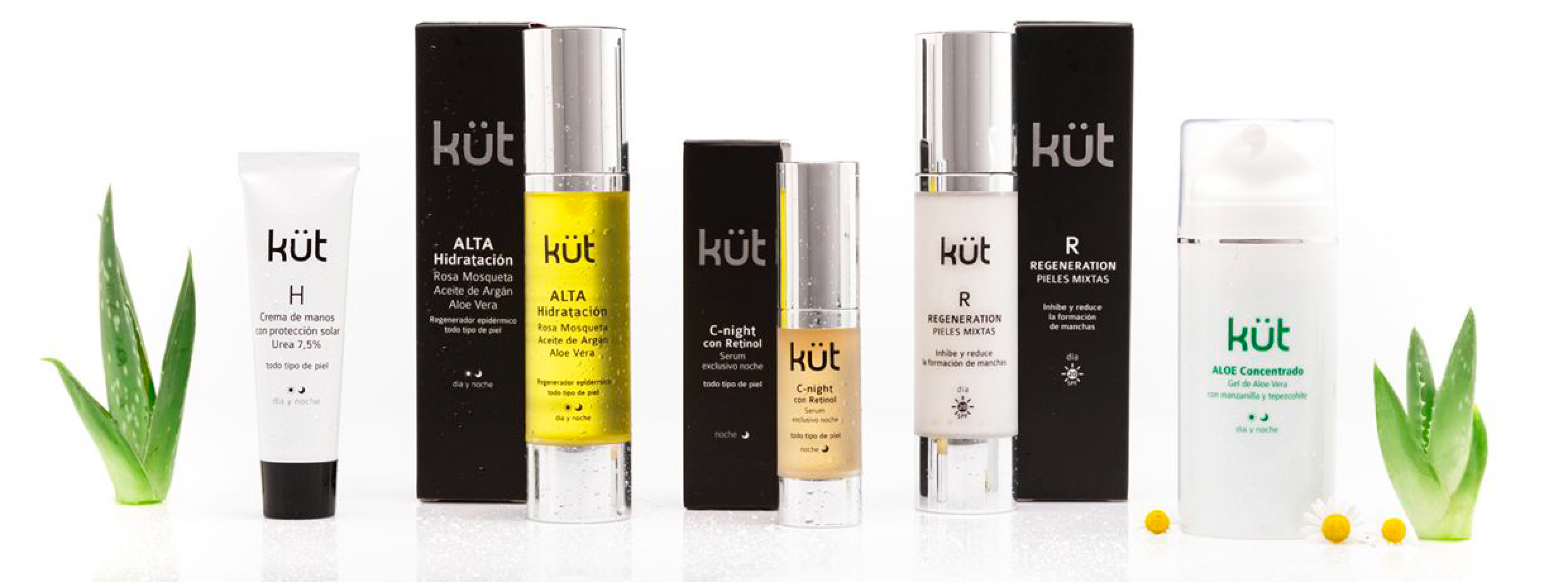High Protection +50
Hypoallergenic cream with a sun protection factor greater than 50, with a touch of color and high water resistance. Does not leave a white color on the skin, absorbs very quickly.
Indications: High sun protection. Intense sun exposure at the beach and in the snow. Post-peeling treatment and tanning sessions with UVA rays.
Application Method: Apply 15 minutes before sun exposure, reapply as often as necessary. High sun protection creams should only be used under certain circumstances: intense sun exposure, post-peeling treatments (3-4 weeks), solarium treatments, and in the snow. For continuous daily use, the R facial line with SPF 20 and physical sunscreen is sufficient.
Properties: Prevents sunburn by providing an even color thanks to its light tint. Although this cream has high resistance to sweat and water, it is important to remember that any sunscreen loses much of its properties with bathing.
Zinc Oxide (physical sunscreen): A chemical used in acne treatments for its antibacterial and anti-inflammatory properties. Absorbs excess oil from the skin that clogs pores and causes acne. Also used as a sunscreen because it does not get absorbed into the skin but rather covers the skin's surface to form a protective barrier against ultraviolet radiation from the sun.
Titanium Dioxide (physical sunscreen): Sunscreen. Along with zinc oxide, it is one of the most commonly used sunscreens in medical cosmetics because it causes less irritation than chemical ingredients with UV absorbers. Ultraviolet rays bounce off and do not penetrate the skin.
4-Methylbenzylidene Camphor (sunscreen): An oil-soluble crystalline powder. Its insolubility in water makes it suitable for water-resistant sunscreens. It has very good UV-B radiation absorption.
Butyl Methoxydibenzoylmethane (sunscreen): A crystalline powder with a faint aromatic odor, oil-soluble. It has very good UV-A radiation absorption.
Octyl Methoxycinnamate (sunscreen): Reduces and eliminates skin spots.
Aloe Vera: A plant used for medicinal purposes. It has emollient and moisturizing properties. In natural cosmetics, it is used as a healing agent, disinfectant, and toner. It expels bacteria and fat deposits that clog pores, making it a good ally for oily skin.
Vitamin E: A natural antioxidant that protects the skin from free radicals and aids the healing process. As vitamin E is absorbed by the skin's epidermis layer, it can be used to treat or protect against sunburn. It can also be used to treat scars, stretch marks, acne, and wrinkles, accelerating cell regeneration. This creates an anti-aging effect, making the skin look younger.
Sweet Almond Oil: 100% vegetable oil with exceptional emollient and moisturizing properties, prevents wrinkles and stretch marks due to its rapid absorption, provides softness to the skin without making it greasy.
Glycerin: A humectant primarily used for skin care, helping it maintain its properties in perfect balance and retaining moisture appropriately. Accelerates wound healing.
Dimethicone: Has emollient properties. Its lubricating power makes cream application more pleasant on the skin, facilitating spreading. When applied to the skin, the layer it forms fills in fine lines and pores, giving the skin a healthier appearance.
Cetyl Alcohol: Thickening agent.
Cetyl Esters: Emollient agent, moisturizes the skin, and enhances product penetration.
Ceteareth 20: An emulsifier, helps to combine ingredients.
PEG-7 Glyceryl: Derived from coconut acid with thickening, moisturizing, and lubricating properties.
Benzyl Alcohol: An essential oil used as a preservative. It is produced by plants and fruits.
Linalool: A member of the alcohol group used to add fragrance to products, derived from lavender.
Hexyl Cinnamal: An essential oil from chamomile used to fragrance a product.

